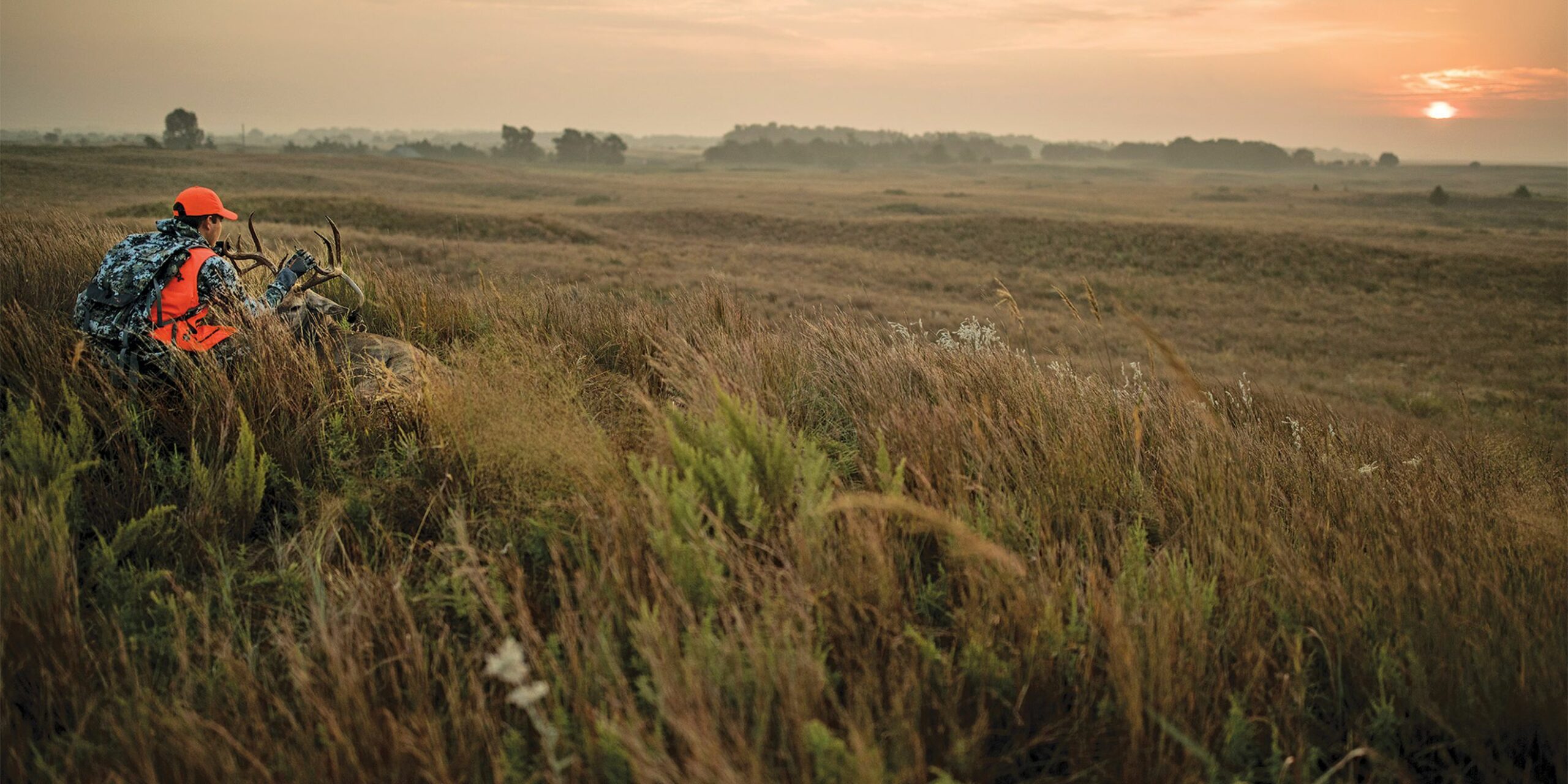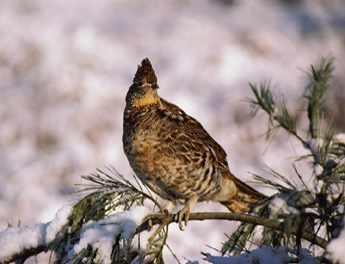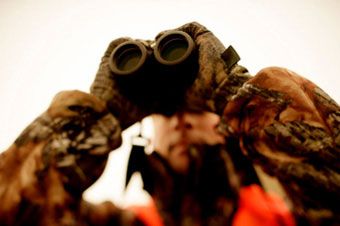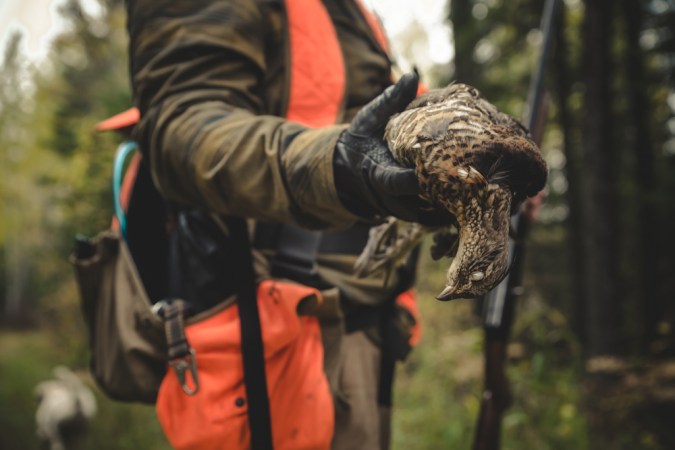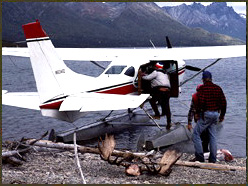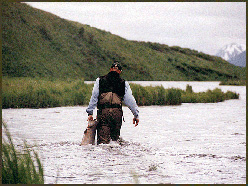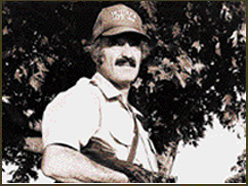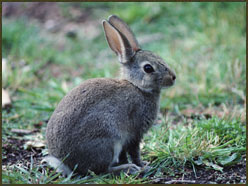Knowledge and effort. That’s what it takes to successfully hunt public land. You need skills and a good game plan to outwit critters that have adapted specifically to avoid hunting pressure. But know-how gets you only so far. On the level playing field of America’s public lands, a little extra sweat often makes the difference between punched tags and empty game bags.
So we’ve put together a mountain of tactics from expert public-land hunters, plus a collection of stories that capture the essence of hunting public ground. We hope the tactics give you an edge this fall and the stories keep the fire burning hot all season long.
Public Land Hunting Tactics
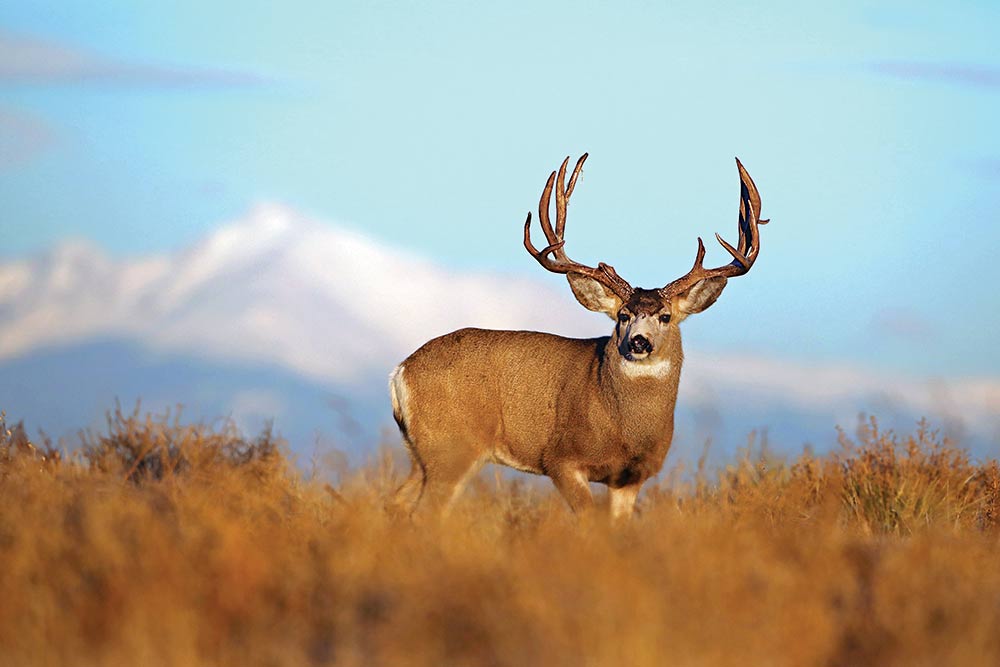
How to Bivy Hunt for Giant Public-Land Mule Deer
Bivy hunting is my ace-in-the-hole technique for pursuing old mule deer bucks before the rut gets cranking and bucks become unpredictable. Simply put, I sleep on the mountain with the deer, camping as close as I can to an old buck wihtout bumping him. Read on. >>
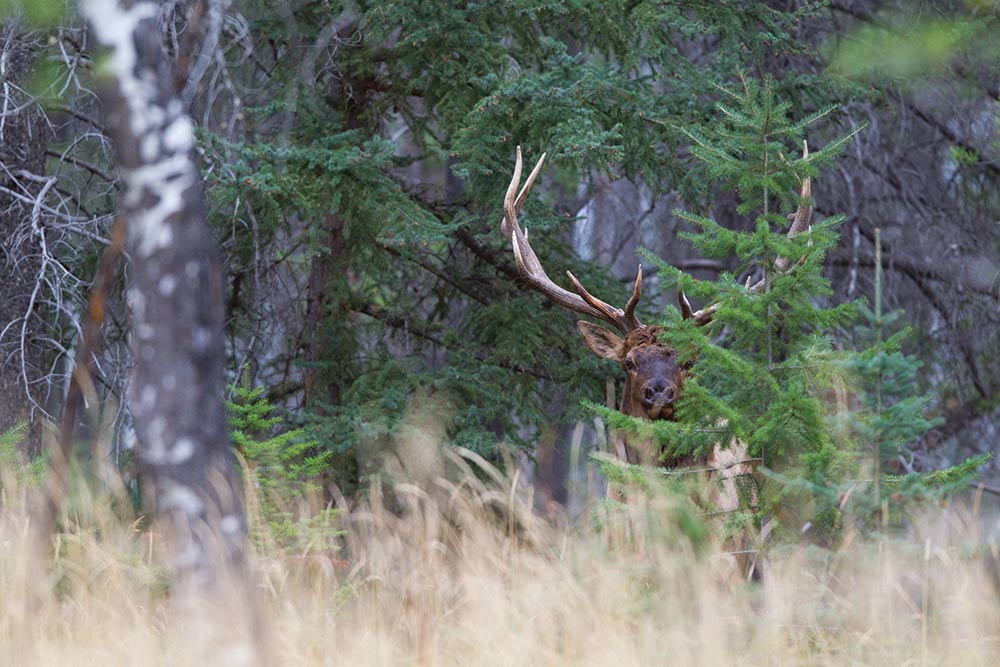
How to Hunt Public-Land Elk in Dark Timber
Today’s hard-hunted elk herds aren’t the same plains game as their ancestors. They’ve learned to take cover in the dark timber, and if there’s adequate browse and water, elk are quite happy to never leave their stand of lodgepole pince during daylight hours. Your best option for hunting pressured elk on public land is to get in the woods with them. Read on. >>
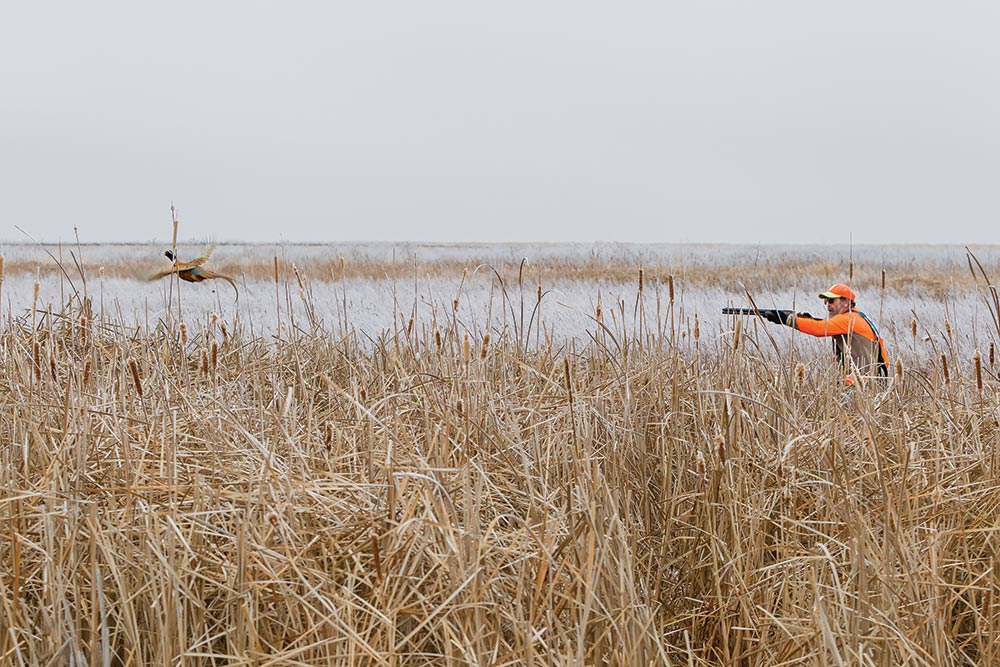
Hunt the Cattails to Shoot Your Limit of Pheasants on Public Land
Forget easy fencerow pushes and big drives across grass fields. If you want to kill roosters, focus on large stretches of heavy cover, and that means cattail sloughs. Read on. >>
All Access: A Deep Dive into Public-Land Hunting
By Natalie Krebs, Sage Marshall, and Alex Robinson
Sure, everybody and their cousin knows about the local WMA—it’s crowded with hunters and light on game. But how about the Walk-in-Access area just a few miles down the road, or the university land in the next town over? Some of the best hunting opportunities take a little extra research to uncover, so we’ve compiled data that offers a glimpse into how much access is really out there. But there are also significant threats, like plans to transfer federal land to the states. Those issues deserve a look, too.
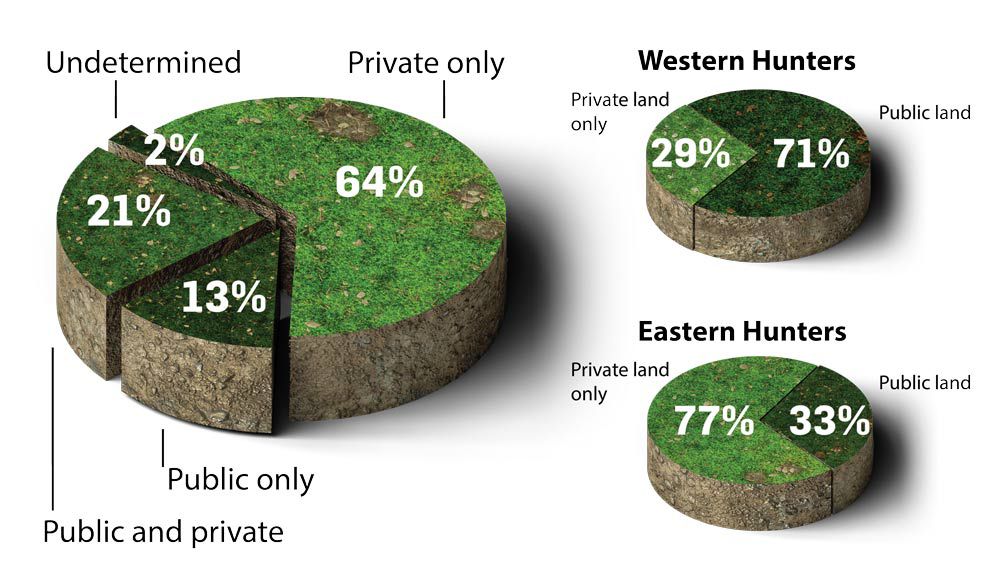
Hunting on Public and Private Lands (2016)
Here’s where hunters nationwide head afield. The relationship between federal land ownership (left) and private land hunting in the East and West (right) isn’t a coincidence. Sources: Colo. Parks and Wildlife, Congressional Research Service (CRS), Headwaters Economics (HE), Montana DNRC, USFWS
Federal Land Ownership, by Region (2015)
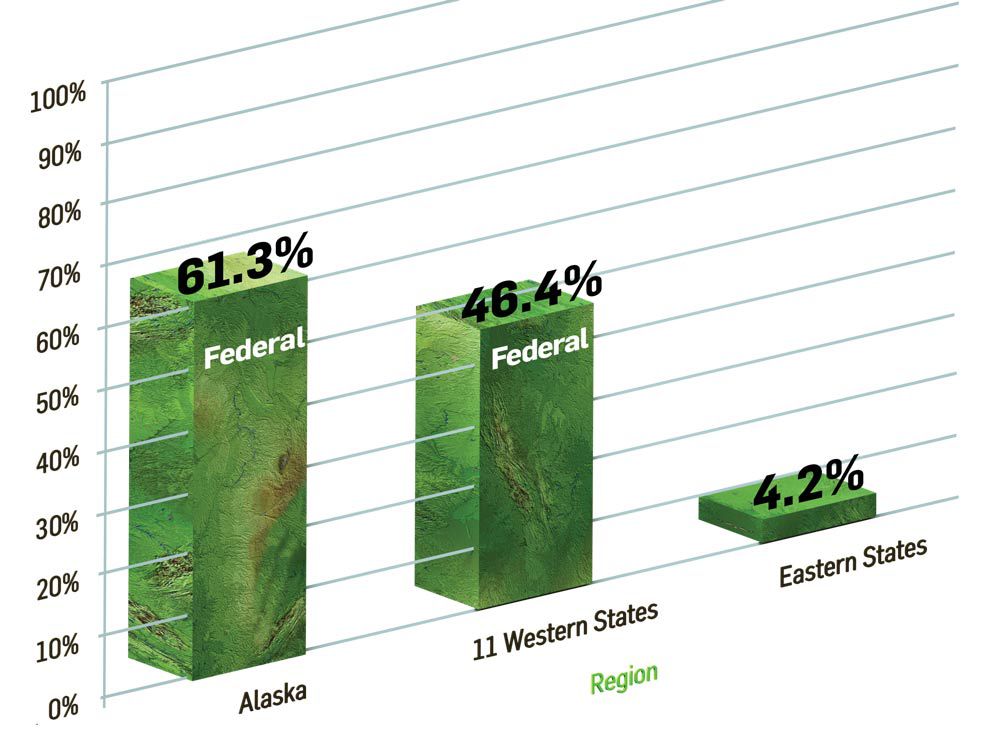
The 11 Western states are Arizona, California, Colorado, Idaho, Montana, Nevada, New Mexico, Oregon, Utah, Washington, and Wyoming. Sources: Colo. parks and wildlife, Congressional Research Service (CRS), Headwaters Economics (HE), Montana DNRC, USFWS
Change in Federal Acreage (1990-2015)

Total federal land ownership has declined 3.9 percent in 25 years, according to the most recent study available. Most of that is due to BLM disposals in Alaska. Sources: Colo. parks and wildlife, Congressional Research Service (CRS), Headwaters Economics (HE), Montana DNRC, USFWS
What’s Up With Utah?
Politicians keep trying to dissolve federal lands
Utah has awesome public hunting, but it’s also spawned some of the worst public-land policy legislation to hit D.C. For decades, Utah lawmakers have tried to wrestle public lands away from the federal government. Here’s a brief look at that long history.
- During the 1970s Sagebrush Rebellion, Sen. Orrin Hatch introduced a federal transfer bill.
- In 2012, the state passed a bill requiring Congress to turn over federal lands to Utah.
- In 2017, Rep. Rob Bishop revised budget rules, making it easier for the federal government to dispose of National Forest, BLM, and wildlife refuge ground.
- Rep. Jason Chaffetz introduced a 2017 bill that would have disposed of 3.3 million acres of national land but withdrew it after a firestorm of criticism.
- This past summer, Rep. Mike Lee proposed bills that would transfer federal lands to states, make it more difficult for a president to designate national monuments, and reenact the Homestead Act.
Land For Sale
Would transferring federal lands to the states lead to selling public lands? Probably. Many (but not all) Western states have already sold off the majority of their original school trust lands.
- >1% remaining state trust lands in Nevada
- 17% Colorado state trust lands that permit hunting
- 91% Remaining state trust lands in Montana.
Why You Need the LWCF
The Land & Water Conservation Fund is the best habitat and access program most hunters don’t know about.
- $16.7 Billion in offshore drilling royalties have been used to buy and protect outdoor recreation projects from 1965 to 2014, thanks to the LWCF
- 3+ Million acres have been purchased and protected under LWCF grants
- 50 States enjoy at least one successful LWCF project
- $0 Cost to taxpayers
- $900 Million full annual amount requested for funding
- 2 Times the LWCF has been fully funded since its inception in 1965
Federal Land is Full of Opportunity
There are more places to hunt on federal land than you might realize.
- 640 Million: Acres owned by the federal government (that’s 28 percent of the 2.27 billion acres of land in the U.S.)
- 80%: Federal lands and waters open to hunting in some capacity
- 336: Number of Wildlife Refuges that allow hunting (could increase to 377, according to the DOI), out of a total 566
- 37: Wetland management districts within the National Wildlife Refuge System that allow hunting, out of 38
- 99: Percent of the BLM’s 246 million acres that are open to hunting and fishing
- 99: Percent of the Forest Service’s 193 million acres that are open to hunting and fishing
Public-Land Recreation is a Money Maker
- $45 Billion: Economic output accounted for by public land in 2015
- 396,000: Annual jobs supported nationwide by public land in 2015
- 5,000+:Number of outfitters and guiding companies that benefited from proximity and access to National Forests in 2016
Outdoor recreation is big business
Many jobs and revenue-generating activities wouldn’t exist without public lands.
Did you know? Western rural counties with the highest shares of federal lands had faster population, employment, personal income, and per-capita income growth on average than peers with the lowest share of federal lands.
Did you also know? Public- land hunting is the most affordable option for hunters. In 2016, the average land-use fee per private-land hunter was $158. It was $2 per hunter on public land.
Waterfowlers are Restoring Wetlands
For every dollar spent on federal duck stamps (currently $25 each year), 98 cents goes to purchase habitat or acquire conservation easements for protection within the National Wildlife Refuge System.
- 5.7 Million: Number of acres acquired using federal duck stamp revenues since 1934.
- 300+: Number of National Wildlife Refuges created or expanded using stamp dollars.
